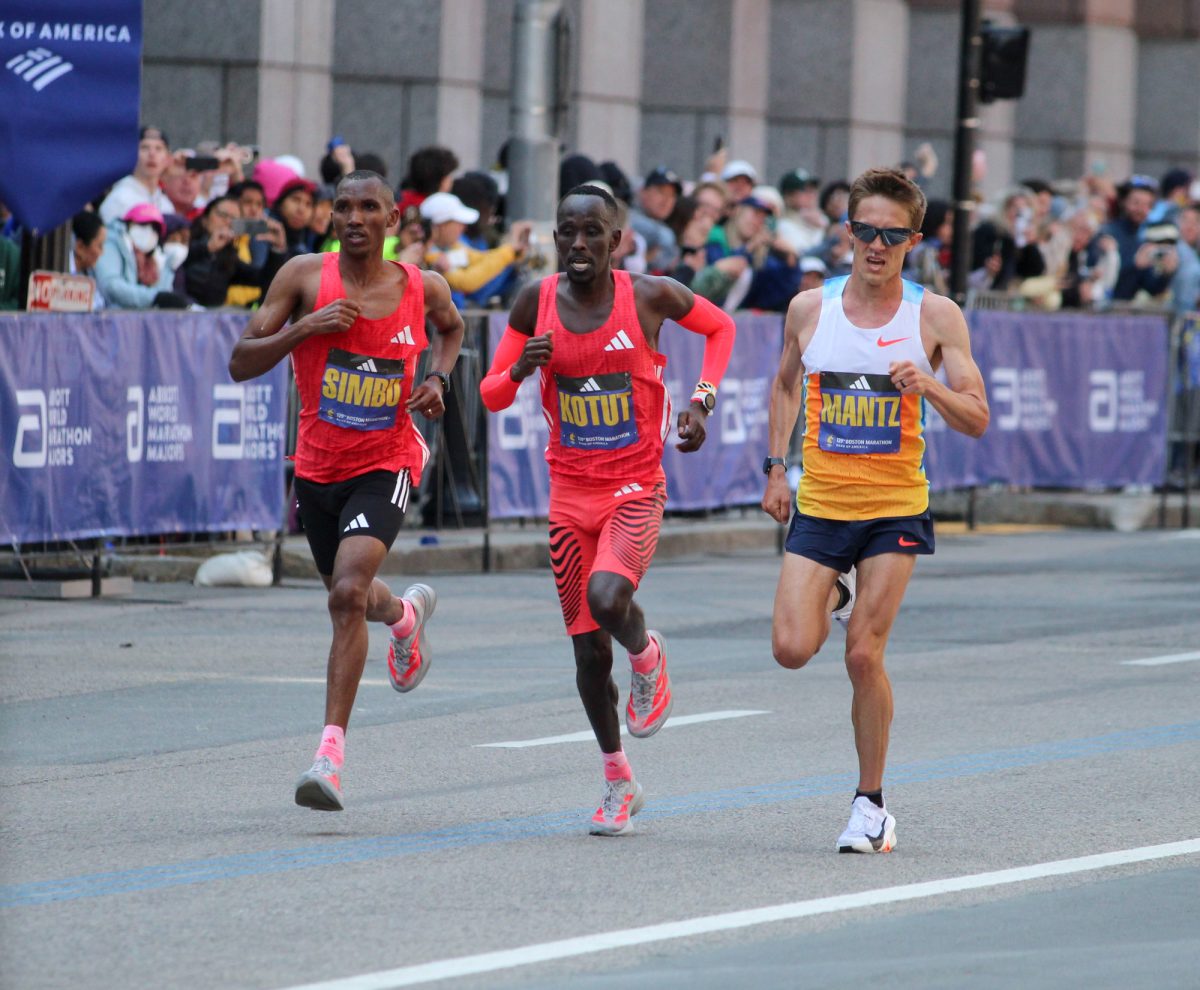Thanksgiving break is an opportunity to go home, see the family and eat more food than any reasonable person should. It’s also an opportunity to watch a lot of basketball. Unfortunately, most of the televised games feature teams most people already get to see way too much of.
Everyone already knows the North Carolina Tar Heels have an outstanding team. It wasn’t necessary to watch Tyler Hansbrough, et al., casually dispose of Notre Dame at the Maui Invitational to realize that. More generally, most people have an idea of what good basketball teams look like.
Right now, I’m more interested in something else. I’ve seen the best basketball teams play nationally televised games ad nauseam, but I haven’t seen the worst of the worst.
How bad can a Division-I basketball team be? The answer, as it turns out, is really bad. Worse than the Tar Heels are good, in fact.
If you haven’t heard of the New Jersey Institute of Technology before, it wouldn’t be a surprise. NJIT isn’t the flagship school of New Jersey ‘-‘- that would be Rutgers ‘-‘- and is a newcomer on the Division-I sports scene. Eschewing the opportunity to move one sport up to D-I before making a full transition, NJIT decided to fast track its entire athletics program.
Some of NJIT’s teams have adapted reasonably well ‘-‘- women’s basketball and its head coach Margaret McKeon, previously the BU women’s basketball coach, comes to mind.
Men’s basketball is not one of those teams.
After a five-win season in 2006-07, the Highlanders went 0-for-the season last year. Yes, that’s right ‘-‘- the Highlanders lost every single game. The closest NJIT ever came to victory were nine-point losses to Lehigh and perennial America East cellar dweller Stony Brook.
This year, the Highlanders’ results don’t look any worse, but after Tuesday’s 21-point home loss to Stony Brook, it’s difficult to see where a win is going to come from. NJIT has lost 39 consecutive games ‘-‘- an NCAA Division-I record. A win would be out of character at this point. Furthermore, the Highlanders have been circled on every opponent’s calendar as a must-win game. If your team loses to the worst team in all of D-I, what does that say about your program?
It’s easy to harp on the Highlanders’ historically poor performance, and the story of how such a terrible team came to be is rather interesting, but even more interesting is looking at what makes the Highlanders so bad. Getting to see NJIT in person would make the process somewhat easier.
Apparently, ESPN doesn’t like to televise winless teams. The stat sheets are informative enough, I suppose.
Last year, NJIT was your prototypical awful college basketball team ‘-‘- except with a worse offense, if that makes sense. For starters, the Highlanders were inefficient on both ends of the floor. The defense sported a defensive efficiency (points allowed per 100 possessions) of 107.8, 296th out of 341 Division-I teams. The offense was extraordinarily bad, finishing next-to-last in offensive efficiency with a 78.5 mark.
How bad is 78.5? The Terriers’ notoriously inconsistent offense averaged 97.9 points per 100 possessions. In a game played at NJIT’s usual tempo of about 71 possessions per 40 minutes, the Terriers would be expected to outscore the Highlanders by 14 points even before considering BUD defensive advantage.
If efficiency stats are too difficult to wrap your head around, try thinking in more familiar terms. NJIT scored 55.9 points per game last year, which is low by anyone’s standards ‘-‘- and they only managed to score so many points by playing at an elevated pace. Slow NJIT’s games down to normal speed and the Highlanders would have scored even fewer points.
Believe it or not, NJIT is doing something right this year: playing defense. The Highlanders are allowing fewer than 60 points per game with an adjusted defensive efficiency of 90.9, better than most of Division I. But this Highlander team might be even worse than last year’s. NJIT is scoring fewer than 42 points per game.
The recipe for a porous offense is a lot like most of the recipes for being good on offense, but in reverse. NJIT turns the ball over too much, can’t shoot 2s or 3s, can’t rebound its own misses and can’t hit foul shots. Put that combination in a pot, let it simmer for a bit and you have yourself a bad basketball team ‘-‘- despite good defense.
Bad basketball is important. It puts good basketball in a more easily appreciated context. Most basketball players start off as bad basketball players, and even if those players never improve, the existence of bad basketball gives them somewhere to play. Bad basketball wholeheartedly embraces the concept of room for improvement. Most importantly, bad basketball at the Division-I level reminds us that it doesn’t necessarily matter if you’re not the best at what you do, so long as you make the most of it.
NJIT is bad, but so are most of its opponents ‘-‘- Maryland-Eastern Shore, for example. All bad things, like all good things, must come to an end. So, for a special upset prediction, how about NJIT beating Maryland-Eastern Shore on Saturday? It’s possible, right? What do the Highlanders have to lose?
Oh. Right. 40 in a row.














































































































Your name • Aug 3, 2010 at 2:20 pm
Interesting. I wonder if sutdent newspapers at an ACC or Big East school would write an article about our team just as condescending and arrogant. They certainly could point out that our team hasn’t beaten a ranked opponent in two decades or that they can only play six home games in a new $100 million arena because it can’t fill the seats on a consistent basis.